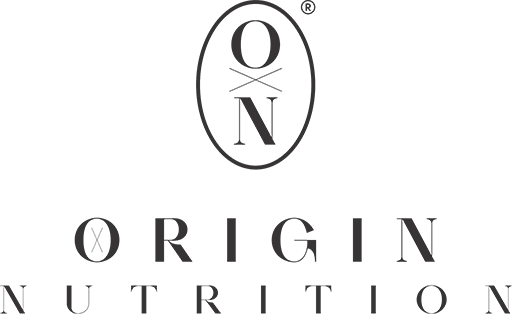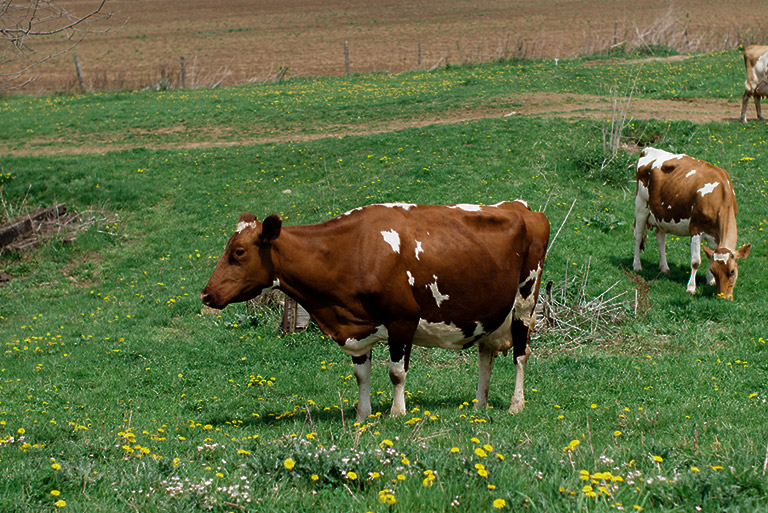News
Downsized dairy
The milk you buy at the local grocery store could be from cows anywhere across the country — that’s the result of decades of industrialized dairy production in the U.S. But some local dairy farms are shifting the paradigm, opting to downsize their herds, farm different breeds and provide their communities with what research shows to be a higher fat, protein- and nutrient-dense product — with origins closer to home.
Colorado Cow, a small dairy farm run by the DeGroot family in Kersey, Colorado, once housed 1,100 Holstein cows — a cow genetically bred to produce high quantities of milk, which studies have shown contain low nutritional density and high percentages of water. A year and a half ago the DeGroot’s reevaluated their operation and realized three things: Their cows weren’t happy, they weren’t making any money and their product wasn’t as good as they believed it could be.
Now the farm is home to 80 Guernsey cows, an endangered heritage breed shown to produce rich, golden, nutritional milk.
“We love our cows and wanted to make the best quality product we could,” says Terri DeGroot of Colorado Cow. “The dairy industry had become so big, and didn’t really care about the animals or the product. When we downsized, it was based on the idea that we could go back to what farming was supposed to be before it became so industrialized.”
The DeGroots saw their part in a faceless dairy industry and realized they wanted to do things differently. They have since partnered with ORIGIN, a regenerative dairy brand based in Cleveland, to reimagine a local, low-impact operation — a partnership that also extends to local farming sustainability organization MadAg. With all their goals aligned, it was an easy decision to make.
ORIGIN finds solutions to the questions of sustainability and quality in the dairy industry by working with small-scale, heritage-breed farms like Colorado Cow. Many small farms don’t transport their milk cross-country. Rather, they sell locally, providing a better environmental option, which puts money back into the local economy. Heritage breeds, like Guernseys, consume 20-30% less feed and water, according to ORIGIN cofounder Adrian Bota. This means less methane output and fewer resources used for the same amount of dairy.
“We started this organization because we saw a gaping hole in dairy nutrition and the connection between the farm and consumer,” he says. “We wanted to create a new standard in dairy that was sustainable for the planet, the farmers and the consumers.”
Colorado Cow’s Guernseys are 100% grass-fed, put out to pasture to graze every day and rotated on the land, allowing it to regenerate. The ratio of cows to acres of land allows the ground to effectively absorb their manure, sequestering certain amounts of carbon per acre.
“Good milk ultimately comes from the soil,” says MadAg’s director of operations, Tanner Starbard. “With smaller operations, cows spend more time in the pasture grazing and less time being milked. This means they’re out there recycling resources, cultivating a symbiosis just like what we saw with bison living on the grasslands. The animal eats, digests and returns those nutrients to the soil. Healthy soil makes healthy grass, which makes healthy cows who make good, nutrient-rich milk.”
Sustainable dairy farming does not replace big dairy but provides an ethical alternative, according to Tom Lipetzky, director of marketing programs and strategic initiatives at the Colorado Department of Agriculture.
“I wouldn’t necessarily view having a higher-priced product as negatively impacting other producers,” Lipetzky says. “They rather might be viewed as having identified a segment of consumers that value their story, how they operate, and the type of products they are willing to pay a higher price for.”
Colorado Cow’s market right now is relatively niche due to its high pricing, but what consumers are charged is akin to what the product actually costs to make.
“We’re trained to pay less for certain products,” Bota says. “It’s a broken system. The farmers in Big Dairy don’t get paid what they should, and the cows are continuously modified to produce more milk. We’re trying to get people used to paying the true cost of the product, which is why we pay our farmers nearly double the going rate in big dairy for their milk.”
This could, however, alienate a large percentage of the population who cannot afford to pay $7 for a gallon of milk. For now, Colorado Cow is the only ORIGIN partner in Colorado, but the DeGroots are hoping to offer a new perspective on what it means to be a dairy farmer making a living wage, and what it means to get your dairy products from local farms.
“We want to show people in the community that we can make dairy in a healthy way,” Terri DeGroot says. “It’s a scary time for farmers as we try to navigate new pathways in the industry that are beneficial to the animals, the environment and the consumer, but this way we get to be real farmers again and believe in the products we’re putting on the market.”
Read the original article here.

